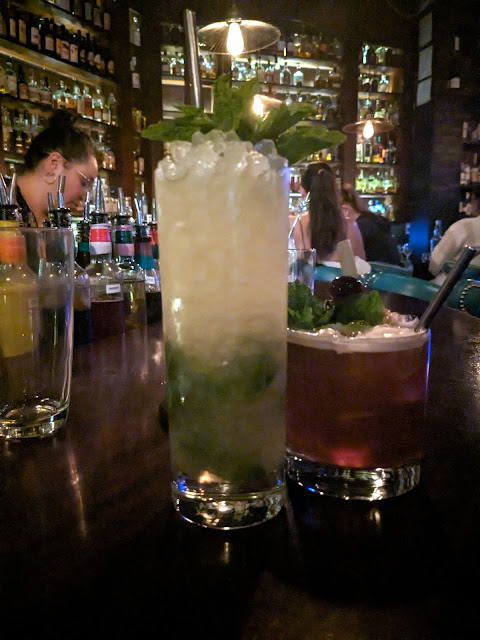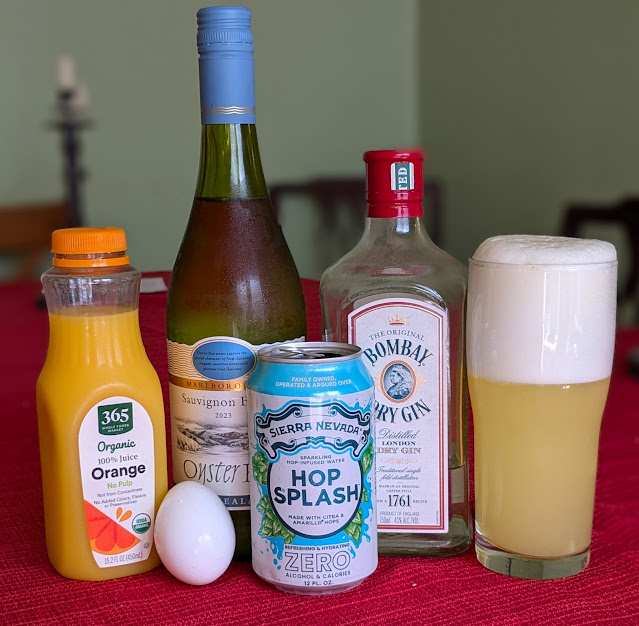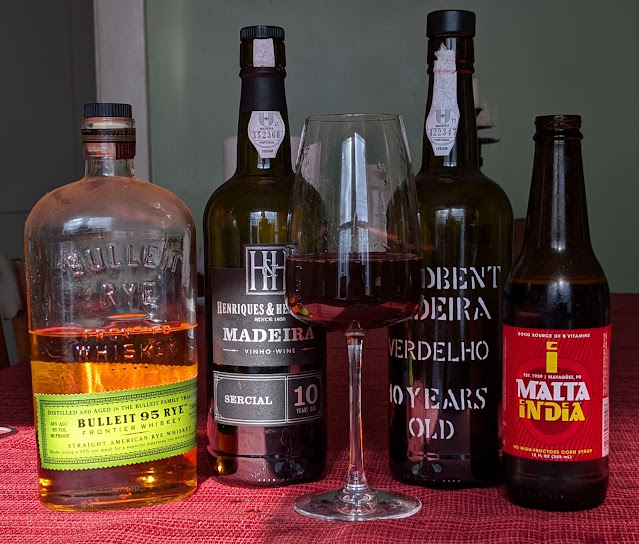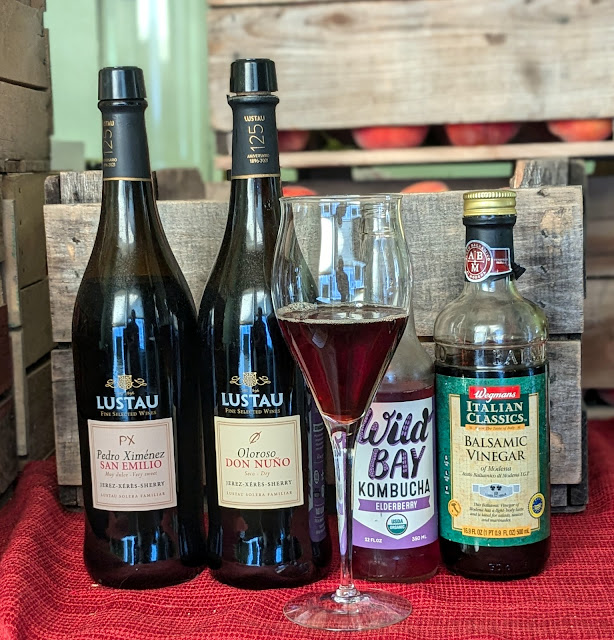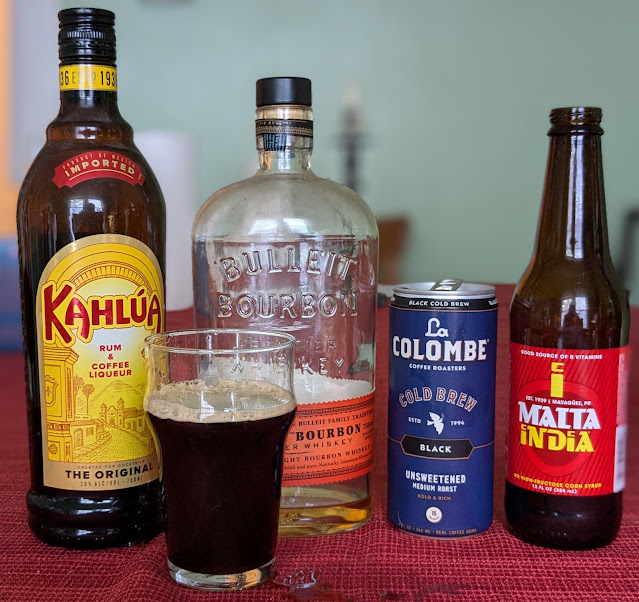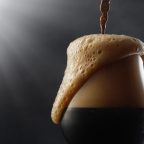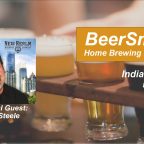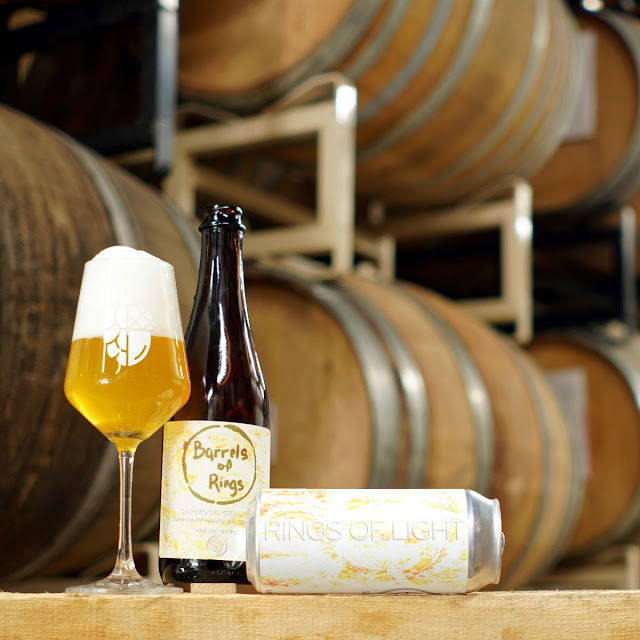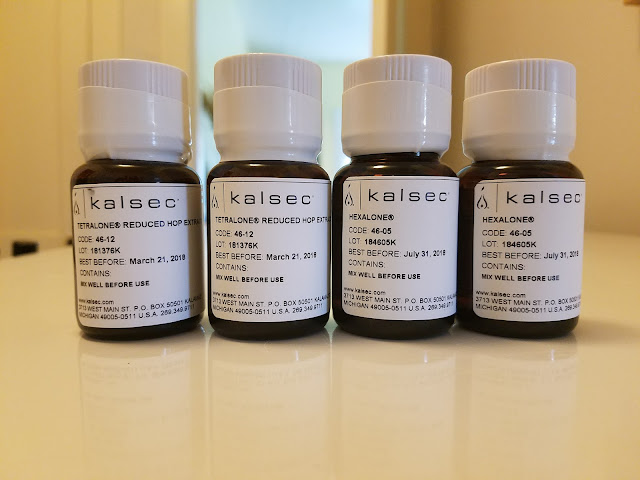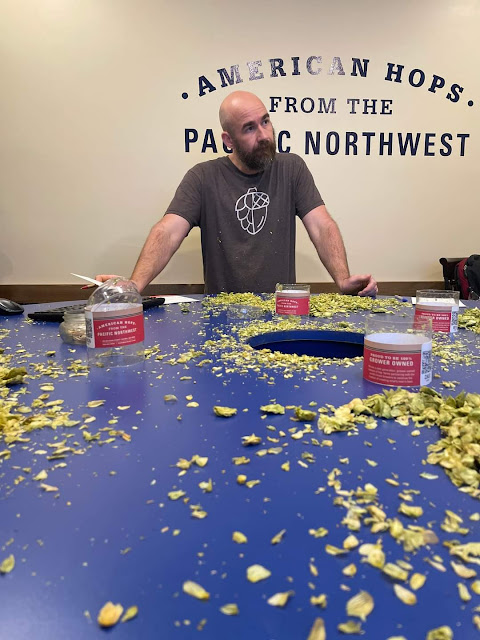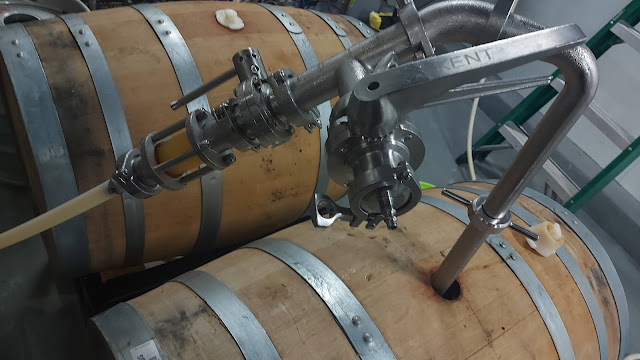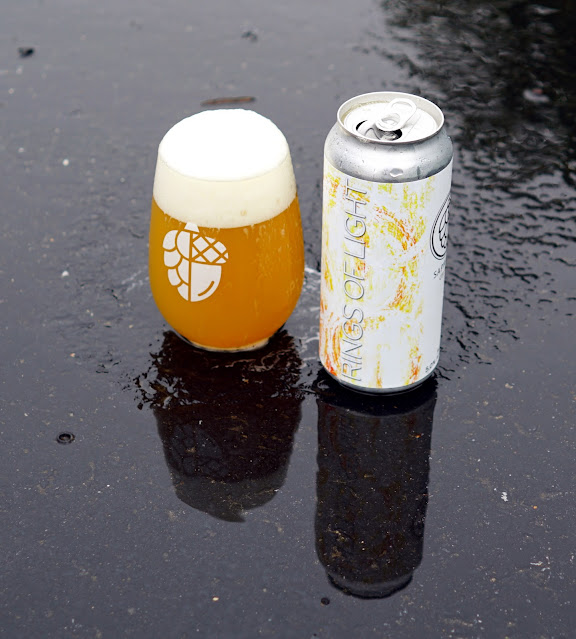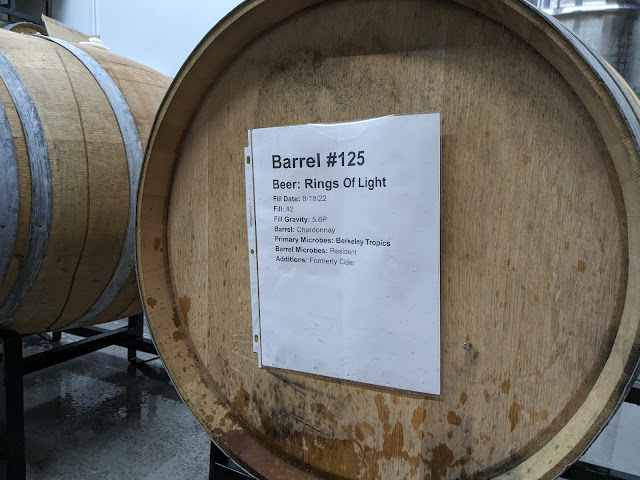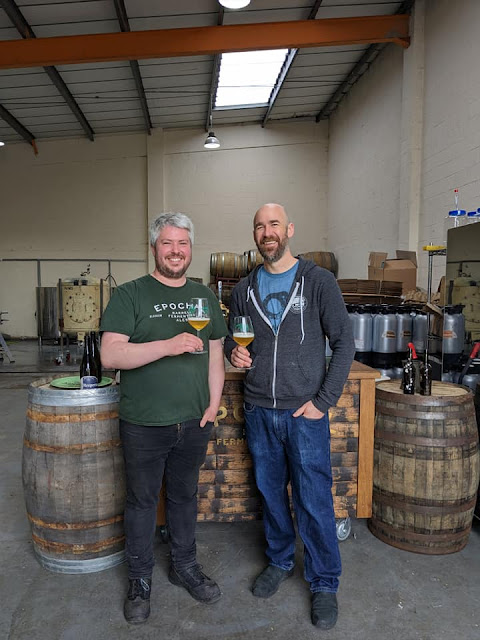Craft sake brewers are bridging the gap between beer and sake by creating hybrid products, drawing in curious craft drinkers with innovative, approachable takes on traditional Japanese brewing.
The post Kanpai! How Sake Is Segueing into Craft Beer appeared first on CraftBeer.com.
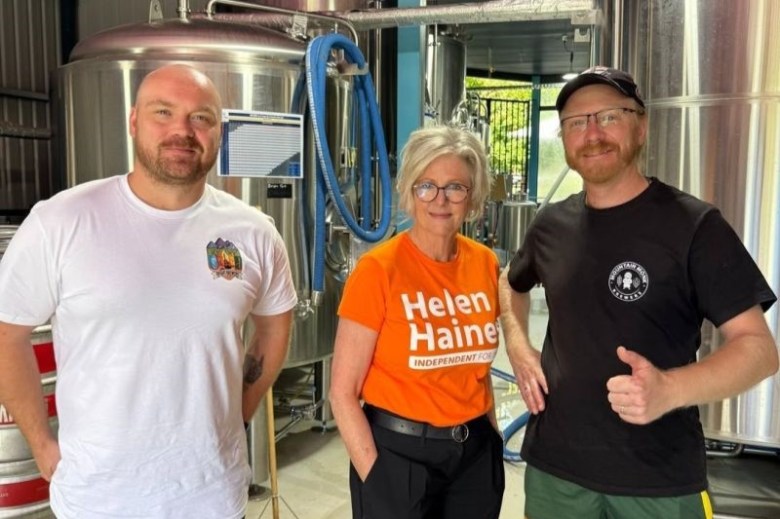 IBA Chair Evin Craney met with Federal MP Dr Helen Haines to discuss the long-term viability of the industry and encourage others to have their voices heard.
IBA Chair Evin Craney met with Federal MP Dr Helen Haines to discuss the long-term viability of the industry and encourage others to have their voices heard. 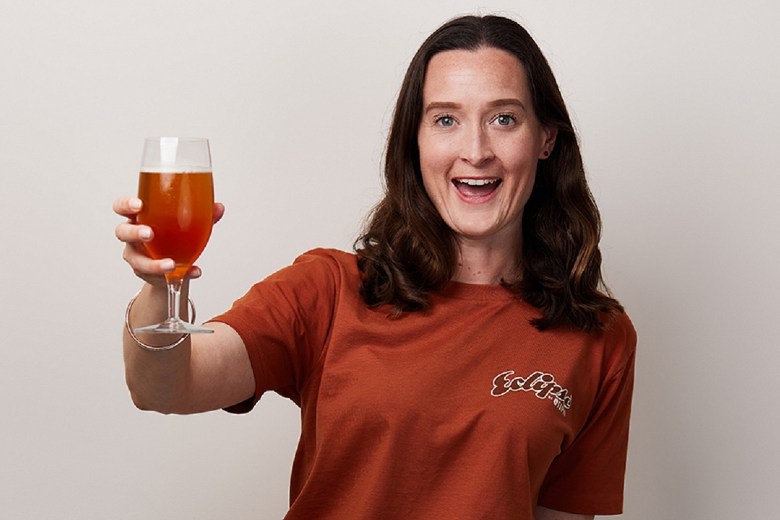 Grace Irwin, Marketing Manager at Hop Products Australia, advocates for diversity and inclusivity in brewing.
Grace Irwin, Marketing Manager at Hop Products Australia, advocates for diversity and inclusivity in brewing.  With just five years under its belt, Mountain Culture secured a historic three-peat in the GABS Hottest 100 poll.
With just five years under its belt, Mountain Culture secured a historic three-peat in the GABS Hottest 100 poll. 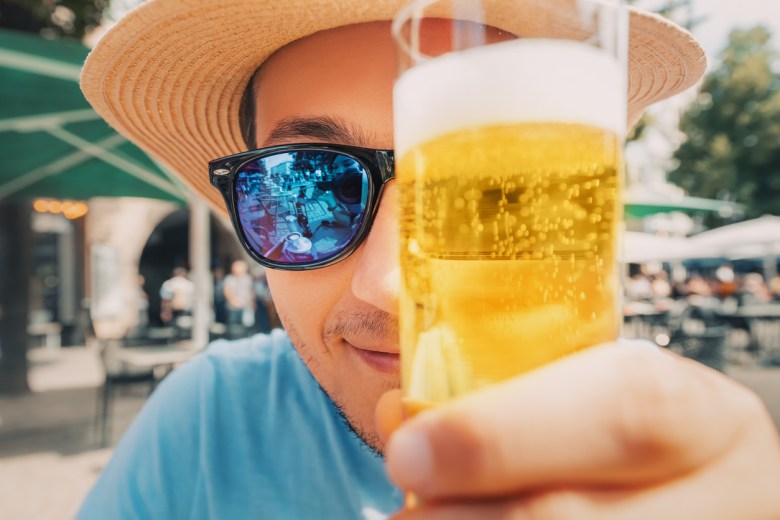 One of the classic styles, and one of the most fabulous beers steeped in history, Kölsch is often underrated and overlooked.
One of the classic styles, and one of the most fabulous beers steeped in history, Kölsch is often underrated and overlooked.  John Keske, President of Melbourne Brewers, has been kind enough to share this mouthwatering recipe of his award winning Kölsch.
John Keske, President of Melbourne Brewers, has been kind enough to share this mouthwatering recipe of his award winning Kölsch. 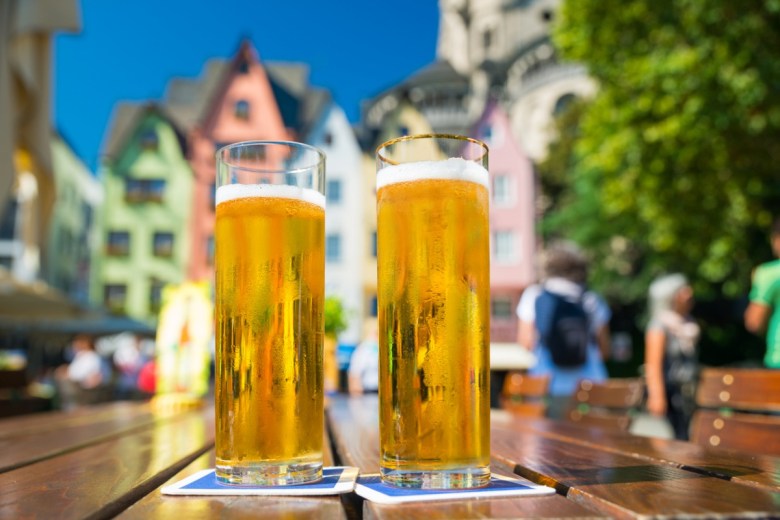 John Palmer guides you through brewing this delightful beer, that is widely praised but far too often poorly replicated.
John Palmer guides you through brewing this delightful beer, that is widely praised but far too often poorly replicated.  The Byron Bay brewery is gifting $10,000 grants to five beer fans to pursue their wildest travel dreams.
The Byron Bay brewery is gifting $10,000 grants to five beer fans to pursue their wildest travel dreams. 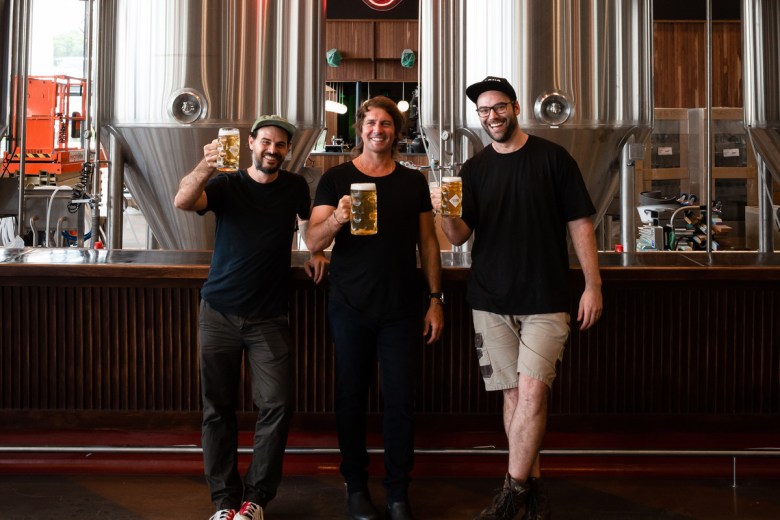 The Brisbane-based brewery will open its new outpost on 18 October, revitalising the Manly Wharf precinct in Sydney’s Northern Beaches.
The Brisbane-based brewery will open its new outpost on 18 October, revitalising the Manly Wharf precinct in Sydney’s Northern Beaches. 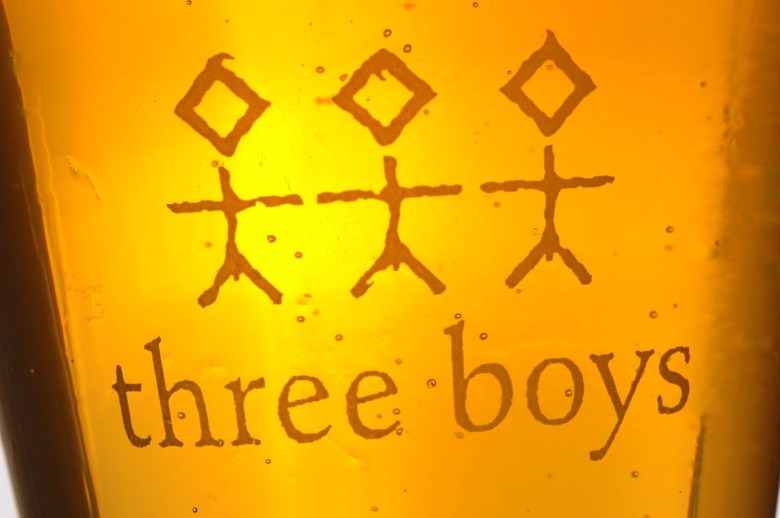 Owner Ralph Bungard spoke about the changing perception of beer, 20 years of ups and downs, and what makes Three Boys special.
Owner Ralph Bungard spoke about the changing perception of beer, 20 years of ups and downs, and what makes Three Boys special. 